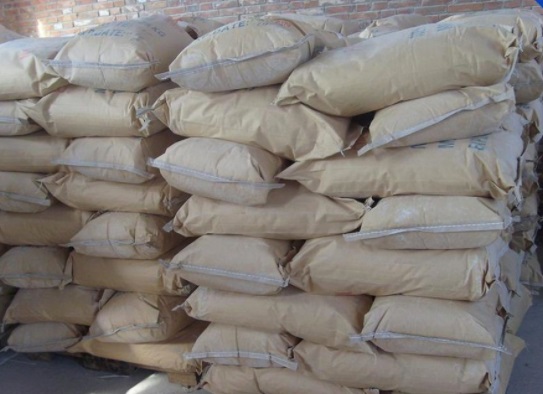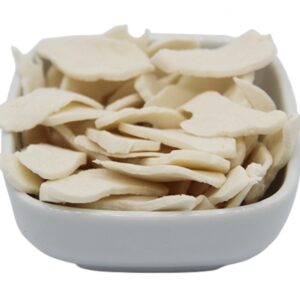Chemical appearance:
Chloroprene rubber appears as a lumpy matter that varies in color from milky white to slightly yellowish. You can see it as white or grey chips commonly. The Chloroprene rubber does not have any mechanical impurities other than talcum powder. The primary characteristics of chloroprene rubber include a high crystallization rate along with strong cohesion and higher adhesion strength. Most important of all, chloroprene rubber has promising ozone resistance capabilities.
Chemical application and strengths:
-
- The application of Chloroprene rubber is primarily evident as a raw material for the production of adhesives. It is suitable for the production of adhesive cement and is used alone or in some cases, with other types for preparation of adhesives with a higher tack. The use of chloroprene rubber is largely evident in the preparation of adhesives for the shoe industry as well as rubber, metal, wood, leather, and construction materials.
-
- The productivity of Chloroprene rubber is due to the high bond strength obtained through mercaptan modification and chloroprene monomer through emulsion polymerization. The notable uses of chloroprene rubber in making adhesives is through the preparation of resin solution and the preparation of adhesives. The preparation of resin solutions involves the use of mixed solvents, phenolic resin, distilled water, and active magnesium oxide for a chelate reaction at normal room temperature. The resin solution in the output could be stocked up for future uses.
- The preparation of adhesives by using Chloroprene rubber involves two types of processes such as plasticization and dissolution. Plasticization involves placing the rubber on the mill for smoothening the surface and bringing additional luster. The dissolution process involves the addition of mixed solvents and plasticized rubber sheets in a tank followed by stirring till the complete dissolution of rubber sheets. Then, the resin solution is added for preparing adhesives.







Reviews
There are no reviews yet.